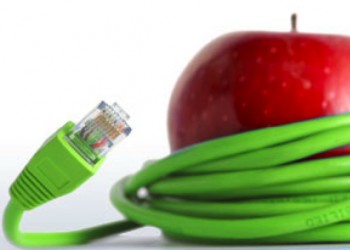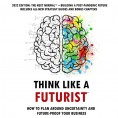The educational possibilities for teaching kids using today’s technology and mobile devices are expansive, with online services, apps and connected gadgets easily capable of transforming into distance learning tools, communications and research centers, musical instruments, art boards and more. Are you a teacher or college administrator looking for some bright ideas on how to integrate digital learning into their school or university campus? Following are seven ways to integrate technology into the classroom, whether it be for educational or practical purposes.
Track Attendance and Behavior –Using an app is a simple way to not only keep tabs on student attendance, but there are also software programs that can help you track behavior, manage assignments and more. Take a lap through any device’s app store searching for key words like “attendance,” “teacher” “grades” and more, and you’ll even discover a number of free solutions. Find one you like, and watch kids marvel and respect you for using a device to keep tabs on them – assuming, that is, they’re not prone to frequent or lengthy unexplained absences.
Use Devices for Collaboration: Engage in virtual online presentations, taking advantage of video or voice chat functions to connect with experts, peers, mentors and other classrooms worldwide. Encourage use of a tablet or other device as a “second screen” to augment your teaching plans, via interactive worksheets, presentations or real-time polls. Or simply dole out homework assignments and extracurricular activities in the form of online documents, activities or worksheets. Either way, learning can be extended far beyond books and blackboards.
Make Learning Fun: There are a number of online programs, games and apps that are designed by educators which teach science, geography, history, math and more to kids in a fun, engaging way. Whether instructing them in the use of proper grammar, arithmetic, or even physics, games and learning programs are extremely useful tools for educators when it comes to teaching complex concepts. As an added bonus, kids will be more receptive to these tools, and enjoy deeper learning and retention.
Make Technology the Medium, Not the Focus: Focus on technology as a tool for performing other tasks. Use a presentation program to teach basic technology concepts while secretly keeping the focus on verbal and public speaking skills. Utilize a building block program to invite students to make their own creations. Create weather simulations using map and science programs. However you slice it, possibilities are endless here. Just make sure that the devices themselves are not the focus – rather, concentrate on what they can be used for, and how they can help children build practical, real-world skills.
Connect with Families: Many classrooms use centralized websites as way for teachers to communicate directly with parents, and also for parents to stay in touch with each other and share information relevant to the class. There are closed groups on social networks for older kids, and sites which can be used for assigning, downloading and even turning in projects, all online, as well. In any case, think about how organizational apps, websites, and services, as well as communications portals, can enhance classroom management – myriad solutions are available for all age levels that can help teachers and parents better juggle school demands.
Record Lectures and Notes: Use webcams or even audio recording to track lectures and lessons to allow students who miss them to view programs later, or to be used as study review tool when the it’s time for tests and quizzes. Kids can even take responsibility for different aspects of the recording process, learning valuable multimedia skills. In other words, even the process of creating or taping programs for archive can be a learning experiences.
Use eBooks and Multimedia Editions: There are many benefits to using eBooks instead of real-life books that range from cutting down on costs to also being able to ensure material is up to date and having access to a wider range of reference tools. Multimedia-enhanced extras can also prove a strong draw in digital works, letting you present information alongside video or audio clips that dive deeper into subject matter, or show kids how various mathematical or scientific principles work in practice. There are even free library-style apps that allow kids and teachers to check out books free of charge, so eBooks can also be a very cost effective way of using technology to access a nearly infinite world of data.














